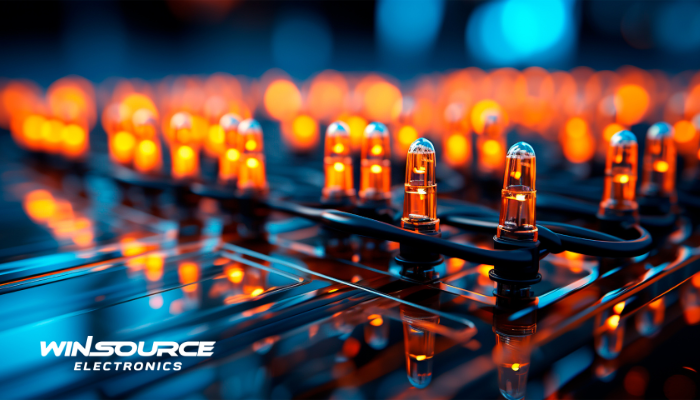
* Question
What methods can control the forward current of the LED?
* Answer
Controlling the forward current of an LED (Light Emitting Diode) is crucial for managing its brightness, efficiency, and lifespan. Here are several methods commonly used to control the forward current in an LED circuit:
1. Current-Limiting Resistor: The simplest and most common method to control LED current is to use a series resistor. The resistor limits the amount of current that can flow through the LED, thereby controlling its brightness and preventing it from drawing too much current, which could damage it. The resistor value is calculated based on the desired current and the voltage drop across the LED.
2. Constant Current Diode (CCD): Also known as a current-regulating diode, this component maintains a constant current through the LED regardless of changes in voltage supply or the forward voltage drop across the LED. This is particularly useful in applications where the supply voltage might fluctuate.
3. Pulse Width Modulation (PWM): PWM controls the brightness of an LED by turning it on and off at a very high frequency. While the current driven through the LED does not inherently change, adjusting the duty cycle (the percentage of one period in which a signal is active) of the PWM signal effectively controls the average current through the LED. This method is highly efficient as it reduces power loss in the form of heat.
4. Constant Current Source: Using a dedicated constant current source is an effective way to provide precise control over the current flowing through an LED. This can be implemented using a simple transistor-based circuit or more sophisticated integrated circuits (ICs) designed specifically for LED driving. These drivers adjust the current dynamically to compensate for changes in LED forward voltage and other environmental factors.
5. Switching Regulators: These include buck, boost, or buck-boost converters which are types of DC-DC converters that can be used to efficiently control the current in high-power LED applications. They regulate the power supplied to the LED, providing constant current despite variations in input voltage or LED forward voltage.
6. Linear Regulators: While less efficient than switching regulators, linear regulators can be used for simpler, low-power applications where efficiency is not a primary concern. They regulate the current by dropping excess voltage as heat and are straightforward to implement.
7. Digital or Programmable Controllers: In more advanced systems, digital controllers or microcontrollers can be used to control the LED current via software, allowing for dynamic adjustment of brightness and even color mixing in multi-colored LED arrays.
Each of these methods has its advantages and applications, depending on the specific requirements of the LED system such as efficiency, cost, simplicity, and the degree of control needed. For instance, PWM is preferred for applications requiring variable brightness, while constant current sources are ideal for high reliability and consistent performance.

COMMENTS